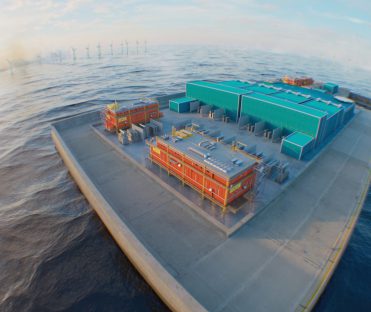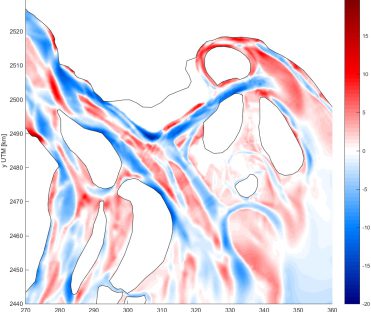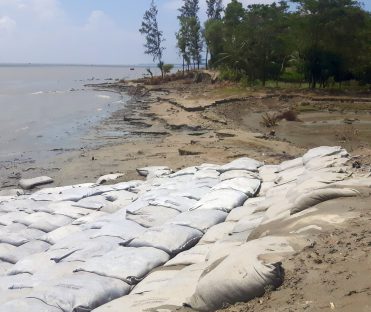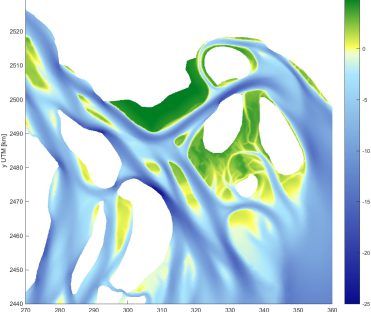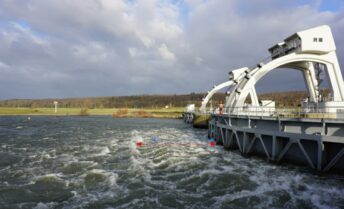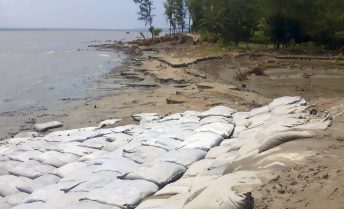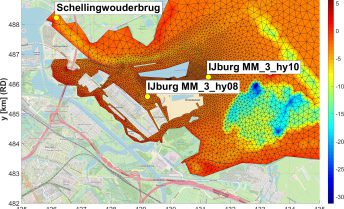FINEL
FINEL (Finite ELements) is a hydrodynamic flow model that can be applied in 1D, 2DH, 2DV, and 3D scenarios. This model is designed to map complex phenomena such as sediment transport, morphological seabed developments, and the interaction between waves, currents, water levels, and varying seabed topography.
Based on the finite element approach and equipped with a flexible grid of triangles, FINEL offers almost unlimited flexibility in grid generation. This allows specific features such as harbor breakwaters and complex coastlines to be accurately integrated. Furthermore, FINEL is parallelized to perform fast and efficient calculations on our internal computer cluster.
The scope of FINEL extends to various flow regimes, including ocean, tidal, river, wind-driven, and wave-driven flow, as well as the dispersion of cooling water discharge and sediment plumes for environmental impact assessment. With special sand, silt, and coupled sand-silt interaction modules, FINEL can simulate accurate morphological developments over periods of up to 100 years.
If you would like to discuss technical details or receive more specific information about the application and capabilities of FINEL, we would be happy to speak with you personally. Please feel free to contact us for further information.
Learn more about FINEL or our current and morphology expertise?
Contact Ype Attema.
Ype Attema
Lead coastal morphology

RELATED PROJECTS

MORE INFORMATION ABOUT SVAŠEK OR OUR EXPERTISE?
Please contact us or make an appointment.
CONTACT US
